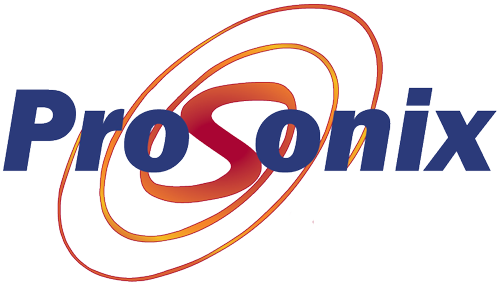Wet End Starch Cooking
 Wet end starch – Starch added at the wet end to the paper slurry can help increase the sheet strength. The starch will also act as binder for various additives and fillers such as Alum, Calcium carbonate and TiO2. When properly cooked, starch swells and its viscosity increases. Wet end starch is produced to give it a cationic charge. This allows the cooked starch natural adhesion properties to create a bond with the paper fibers. By connecting the fibers and additives in small ‘clumps’, leaving relatively clean water in between (flocculation), faster drainage of water leading to increased wire and machine speeds.
Wet end starch – Starch added at the wet end to the paper slurry can help increase the sheet strength. The starch will also act as binder for various additives and fillers such as Alum, Calcium carbonate and TiO2. When properly cooked, starch swells and its viscosity increases. Wet end starch is produced to give it a cationic charge. This allows the cooked starch natural adhesion properties to create a bond with the paper fibers. By connecting the fibers and additives in small ‘clumps’, leaving relatively clean water in between (flocculation), faster drainage of water leading to increased wire and machine speeds.
Size press starch – Many paper processes utilise a surface treatment known as sizing. Typically this is accomplished by applying a thin layer of starch during the drying of the paper in a section of the paper machine known as the size press. The function of the surface size treatment is to fill the voids in the paper sheet so any printing inks will sit on top the paper instead of penetrating into the sheet. Sized paper produces a clearer image when printed, than does un-sized, and allows for printing speeds through the printing press.
Issues Associated with Starch Cooking
- Poor slurry make-down and batch cooking of starch experiences clumping of starch molecules. This can lead to uncooked starch granules being sent to the headbox, where they either plug the wire or drop into the white water system
- Inconsistent starch viscosity can lead to build up on machine components. This starch buildup may eventually fall back onto the sheet, causing quality problems. If uncooked starch is present at the size press, it may cook on the sheet in the dryer section causing picks and tears in the sheet
- Batch cooking of starch in tanks can lead to inconsistent viscosity and batch to batch quality issues
PSX Jet Cooker Key Benefits
- More consistent starch viscosities
- Inline starch cooking allows for better response to process changes such as solids (%) changes
- OptiShearTM design allows for higher solids concentrations of starch slurry to be cooked
- Adjustable condensing tube position allows for pressure drop adjustments to be made
- Jet Cooker design promotes better mixing of steam and starch slurry for better cookout
- Reduced starch consumption reduces costs. Better drainage reduces maintenance, lower white water contamination and improved product quality
- Reduces localised wear issues associated with traditional Jet Cookers
PSX Jet Cooker Solution
The PSX Jet Cooker is specifically designed for cooking starch slurries. The unique internal design of the Jet Cooker allows wet end starch slurry to be cooked at higher concentrations (6-10%) and higher temperatures of 220°F – 260°F (104°C – 127°C). Size press starch slurry can also be cooked at higher concentrations (up to 35% solids) and higher temperatures of 220°F – 320°F (104°C – 160°C). The PSX Jet Cooker design promotes a very thorough mixing of the steam and starch slurry, effectively cooking all of the starch instantly. The turbulent mixing affect breaks up clumps that would pass through other steam heating devices or batch processes. This helps to ensure that the starch entering the headbox is completely cooked and extremely consistent in viscosity and temperature.









 Kraft pulp mills produce pulp from wood chips. Within the pulp production, a chemical process produces green liquor. Green liquor is a combination of recovery boiler smelt and dilute white liquor. Dregs are removed and liquor is sent to recausticising tanks to produce white liquor. Flows vary based on the size of the pulp mill and can range from 350-1400 gpm.
Kraft pulp mills produce pulp from wood chips. Within the pulp production, a chemical process produces green liquor. Green liquor is a combination of recovery boiler smelt and dilute white liquor. Dregs are removed and liquor is sent to recausticising tanks to produce white liquor. Flows vary based on the size of the pulp mill and can range from 350-1400 gpm. White water is a fine particle slurry used throughout the paper making process. Its name derives from fine fiber particles in the water that give it a milky white appearance. White water drains from the paper stock into a pit below the paper machine and is used for a variety of uses in the paper making process.
White water is a fine particle slurry used throughout the paper making process. Its name derives from fine fiber particles in the water that give it a milky white appearance. White water drains from the paper stock into a pit below the paper machine and is used for a variety of uses in the paper making process.